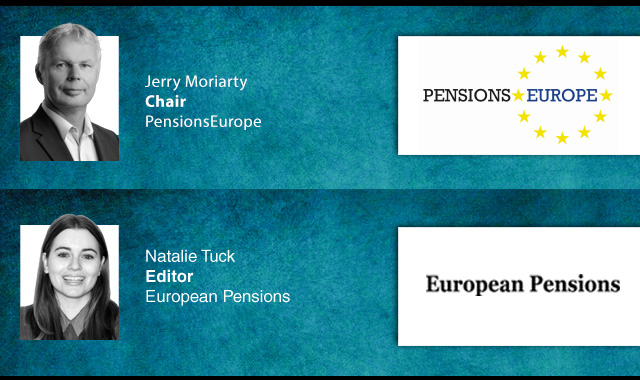Mothercare has confirmed the details of its revised five-year payment schedule to its pension schemes, which will reduce the short-term cash contributions to aim to protect the overall positioning through the improved financial covenant.
As reported by our sister title, Pensions Age, in total, the revised payment schedule will require contributions of £39.3m over the next five years, with £33.9m of this directed towards the staff scheme, and £5.4m to the executive scheme.
As part of the agreement, the company has also given the trustees of the Mothercare pension schemes second ranking security over the group’s assets.
The revised schedule, agreed to in January 2020, requires annual contribution to the pension scheme of £3.2m in 2021, £4.1m in 2022, £9m in 2023, £10.5m in 2024, £12m in 2025, £15m in 2026, as well as a further £5.7m in 2030.
The group noted however, that of the £12m payable in 2025, £3.4m of this will be paid in equal instalments from November onwards.
Furthermore, the group also clarified that it will pay up to £1.8m as an additional contribution added to the £3.4m in 2025 paid on the same basis.
However, this is subject to the £1.8m being reduced pound for pound for any amount that the sum of the Pension Protection Fund (PPF) levy due for the three years in September 2022, 2023, and 2024 exceeds £3m, and the assumption that when these payments fall due the group has at least £10m in its bank accounts after such payment.
In addition to these payments, Mothercare has confirmed that it will pay the missed contribution from March 2020 of £0.5m into the scheme after the drawdown of the new debt facility, therefore increasing the minimum payments in financial year 2021 to £3.7m.
The agreement formed part of the broader restructuring of Mothercare UK Limited, which the the group highlighted as a “necessary and unavoidable step” that preserved value, most notably within the pension fund, which might have otherwise faced "significant losses".
The group calculated the value of its pension liabilities at £28.8m as of 10 October 2020, compared to £11.2 million in 2019.
It stated that this represents a a “material decrease year-on-year”, which it attributed primarily to a fall in the discount rate assumption.
Latest News
-
Looking back: A year in review
-
Looking back: The most read stories of 2025
-
SNS Reaal delays transition to new pension system due to admin capacity
-
France’s ERAFP awards three SRI mandates for EM credit bonds
-
News in brief: 23 December
-
Cross-border IORP activity remains stable in EEA, EIOPA report finds
Podcast: Stepping up to the challenge

In the latest European Pensions podcast, Natalie Tuck talks to PensionsEurope chair, Jerry Moriarty, about his new role and the European pension policy agenda
Podcast: The benefits of private equity in pension fund portfolios

The outbreak of the Covid-19 pandemic, in which stock markets have seen increased volatility, combined with global low interest rates has led to alternative asset classes rising in popularity. Private equity is one of the top runners in this category, and for good reason.
In this podcast, Munich Private Equity Partners Managing Director, Christopher Bär, chats to European Pensions Editor, Natalie Tuck, about the benefits private equity investments can bring to pension fund portfolios and the best approach to take.
In this podcast, Munich Private Equity Partners Managing Director, Christopher Bär, chats to European Pensions Editor, Natalie Tuck, about the benefits private equity investments can bring to pension fund portfolios and the best approach to take.
Mitigating risk
BNP Paribas Asset Management’s head of pension solutions, Julien Halfon, discusses equity hedging with Laura Blows
© 2019 Perspective Publishing Privacy & Cookies







Recent Stories